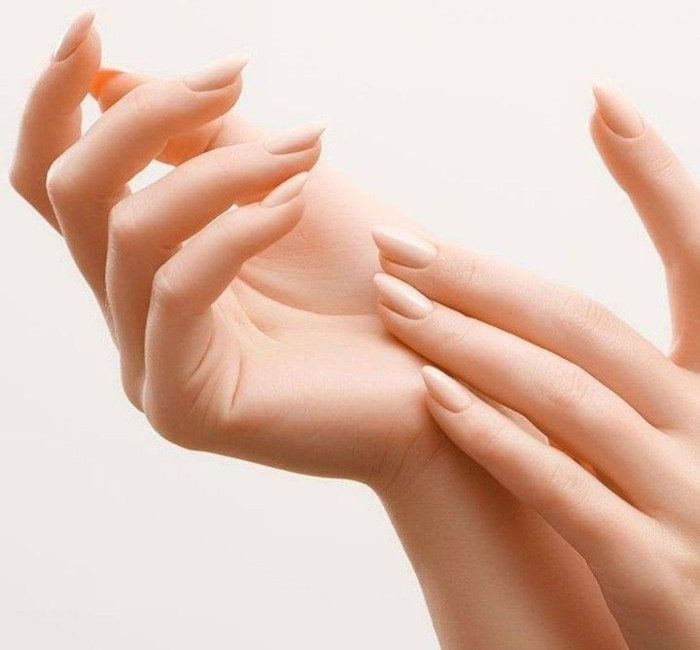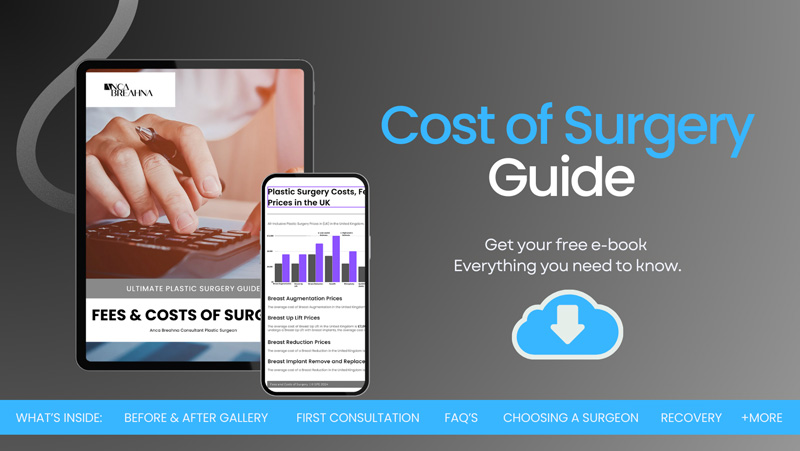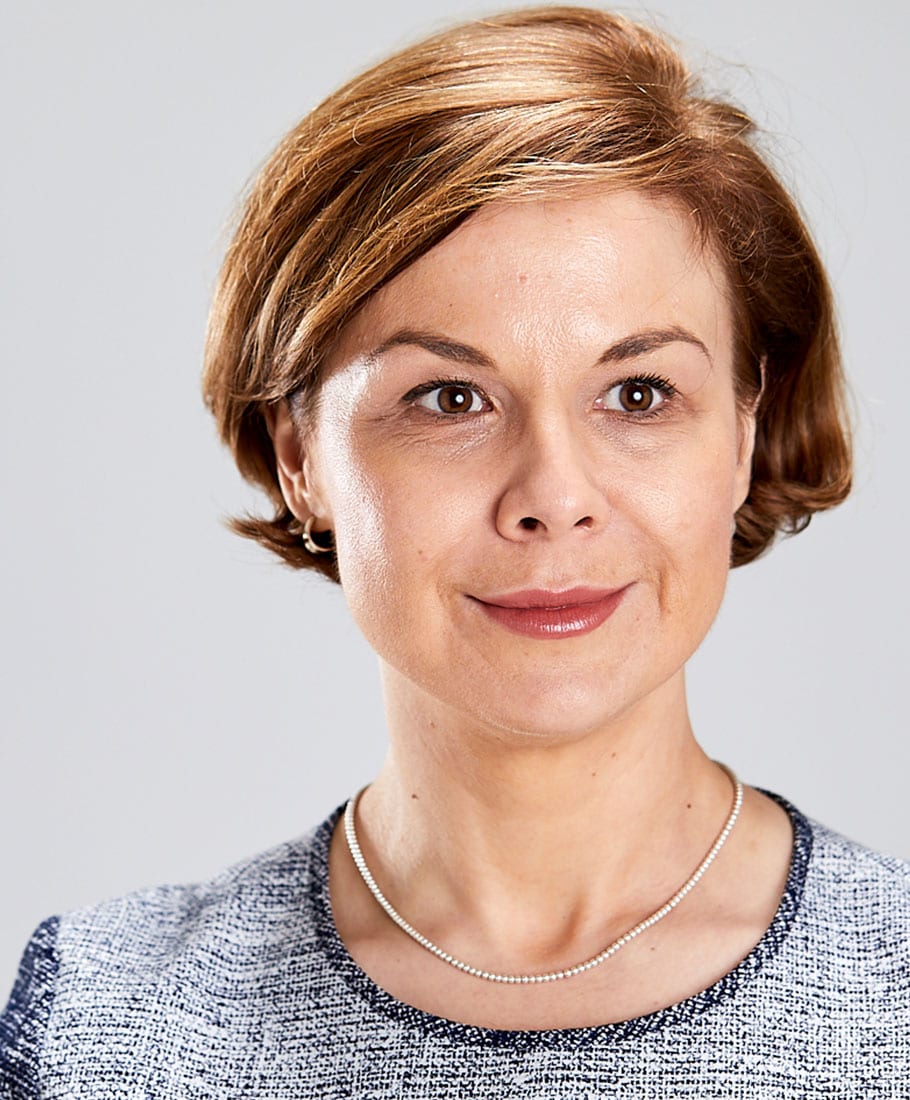Procedures
Dupuytren’s Contracture Surgery

Dupuytren’s contracture is a condition that progressively affects the hand, particularly the layer of tissue just under the skin of your palm. As this tissue thickens and tightens, it can cause your fingers to curl inward towards your palm, leading to a condition known as contracture. This might start as a small hard nodule just beneath the skin, eventually creating a noticeable cord that pulls one or more fingers into a bent position.
This condition most commonly affects the ring and little fingers and can occur in both hands, though one hand is usually more severely affected than the other. The progression can vary; for some, the change is slow and painless, while for others, the contracture may develop more quickly and cause discomfort.
The exact cause of Dupuytren’s contracture is not well understood, but several factors are associated with an increased risk of developing the condition. These include genetics, age, and ancestry, with a higher prevalence observed in individuals of Northern European descent. Men are more likely to develop the condition and often at a more severe level than women.
It’s important to recognise the early signs of Dupuytren’s contracture. Initially, it may just be a minor inconvenience, perhaps a slight difficulty when laying your hand flat or wearing gloves. However, as the contracture progresses, it can significantly impact your ability to perform everyday tasks that involve grasping or holding, ultimately affecting your quality of life. Identifying the condition early can lead to more effective management strategies and a better outcome following treatment.
At a glance
Depends on the type of procedure perfomed
Local or general anaesthesia
Varies based on the type of procedure
Table of Contents
What is Dupuytren’s Contracture?
Dupuytren’s contracture, often referred to in medical terms as Dupuytren’s disease, is a fibroproliferative disorder. This means it involves the proliferation of fibrous connective tissue in the palm of your hand. The hallmark of this disease is the gradual development of a fibrous tissue layer that thickens and shortens, pulling one or more fingers towards the palm. The affected fingers can become permanently bent, and this bending can become so severe that the use of the hand is markedly impaired.
The condition typically begins with a thickening of the skin on the palm of the hand. Over time, nodules form in the palmar fascia—the tough tissue that lies just beneath the skin and helps to anchor the skin to underlying structures. These nodules can eventually thicken into cords of tissue that extend from the palm into the fingers. As these cords tighten, they pull the fingers towards the palm.
This contracture doesn’t happen overnight. It usually develops over several years and is rarely painful; however, it can be quite disabling as the fingers curl. The skin on the palm might appear puckered or dimpled, and the cords of tissue can feel like tough bands under the skin. Some people might only develop mild contractures that barely interfere with the function of their hand, while others may experience severe and disabling contractures.
Who Needs Treatment for Dupuytren’s Contracture?
Treatment for Dupuytren’s contracture is recommended for people who begin to experience difficulty in performing daily activities due to the contracture of their fingers. While the condition itself is not life-threatening, its impact on your hand functionality can be significant. You might find it challenging to grasp large objects, put your hands in your pockets, or perform other routine tasks that require a flat hand. Therefore, anyone noticing such impairments might consider seeking treatment.
The decision to proceed with treatment often depends on the degree of finger flexion and the rate at which the condition is progressing. Generally, a so-called “tabletop test” is used in clinical settings where the inability to lay the hand completely flat on a tabletop indicates a need for intervention. If you fail this test, it’s likely that treatment could improve your hand function and overall hand use.
Benefits of the Dupuytren’s Contracture Surgery
The primary goal of treatment is to reduce the contracture, straighten the fingers, and restore the ability to perform daily tasks that a contracted hand may hinder. Here are some key benefits of pursuing treatment for Dupuytren’s contracture:
- Improved Hand Function: The most immediate benefit of treatment is improved functionality of the hand. Straightening the fingers can significantly enhance your ability to grasp and hold objects, perform tasks that require a flat hand, and generally use your hand more effectively. Whether it’s personal care, household chores, or professional tasks, the ability to use your hand without restriction is a considerable improvement.
- Reduced Discomfort and Pain: Although Dupuytren’s contracture is not usually painful, the tension and unnatural positioning can lead to discomfort or pain, especially when trying to straighten the fingers or use the hand forcefully. Treatment can alleviate these symptoms, providing comfort in daily activities.
- Enhanced Aesthetic Appearance: For many, the appearance of a hand with Dupuytren’s contracture—fingers permanently bent toward the palm—can be distressing and impact social confidence. Corrective procedures can help the hand look more natural, which might improve how you feel about your physical appearance in social and professional settings.
- Prevention of Further Progression: Early intervention can halt the progression of the disease, preventing the contracture from worsening. This is particularly important because the condition tends to progress.
Types of Procedures for Dupuytren's Contracture
Needle Aponeurotomy
This is a minimally invasive technique that involves using a needle to puncture and break the fibrous cords causing finger contracture. The procedure is performed under local anaesthesia and can often be done in Anca’s office.
Collagenase Injection (Enzymatic Fasciotomy)
This method involves the injection of an enzyme solution directly into the cord of fibrous tissue. The enzyme, collagenase, helps to weaken and dissolve the cord, allowing the finger to be straightened during a subsequent office visit where the hand is manipulated. This treatment can be a good option for those who prefer a less invasive treatment but need something more potent than needle aponeurotomy.
Surgical Fasciectomy
This is a more traditional surgical approach where Anca removes the diseased fascial tissue. Depending on the extent of the surgery, it can be performed under local, regional, or general anaesthesia. Surgical options range from a limited fasciectomy, where small sections of the diseased tissue are removed, to a radical fasciectomy, which involves more extensive tissue removal and may be necessary for advanced cases.
Dermo fasciectomy
In cases where the skin is also involved in the disease process, this procedure includes the removal of both the diseased fascia and the overlying skin, which is then replaced with a skin graft. This is often reserved for very severe or recurrent cases.
How is the Dupuytren’s Contracture Surgery Performed?
The specific procedure chosen to treat Dupuytren’s contracture will significantly influence how it is performed. Each type of procedure has unique steps and considerations:
- Needle Aponeurotomy: This minimally invasive procedure is usually performed in an outpatient setting under local anaesthesia. Anca uses a sharp needle to make several punctures along the fibrous cord in your palm and finger. By manipulating the hand and fingers, the tightened cords are broken, allowing improved finger extension. The procedure is relatively quick, typically taking less than an hour, and patients often return home the same day.
- Collagenase Injection: Also known as enzymatic fasciotomy, this involves the injection of collagenase Clostridium histolyticum into the Dupuytren’s cord. The enzyme works to break down the structure of the cord over the next 24 to 48 hours. You will then return to the clinic where Anca will perform a finger extension procedure to rupture the weakened cord, thereby straightening the finger. This is performed under local anaesthesia to minimise discomfort.
- Surgical Fasciectomy: This more invasive option requires careful planning and is typically performed in a hospital or surgical centre under local, regional, or general anaesthesia. Anca makes an incision in the skin of the affected hand and meticulously removes the diseased fascial tissue. The aim is to remove as much of the fibrous tissue as possible to prevent recurrence. Depending on the extent of the condition, the procedure can take from one to several hours. After surgery, the hand is usually bandaged and may require a splint to keep the fingers straight.
- Dermofasciectomy: In severe or recurrent cases where the skin is also affected, Anca removes both the diseased fascia and the overlying skin. A skin graft, usually taken from another part of the body, is then used to cover the area. This procedure is performed under general anaesthesia and requires a more extended recovery period, including wound care and possibly physical therapy to maintain finger mobility and function.
There are several types of procedures available for treating Dupuytren’s contracture, each suited to different stages of the condition and varying in terms of invasiveness, recovery time, and potential outcomes.
Recovery After Dupuytren’s Contracture Surgery
The recovery process following a procedure for Dupuytren’s contracture varies based on the type of treatment received, but all aim to ensure you regain maximum functionality of your hand with minimal discomfort. Here’s what to expect during the recovery period for each type of procedure:
- Needle Aponeurotomy: Recovery from this minimally invasive procedure is generally quick. You might experience some soreness and swelling, but these symptoms usually subside within a few days. You are able to use your hand almost immediately, though heavy lifting and strenuous activity should be avoided for a couple of weeks to allow the puncture sites to heal fully. A follow-up visit is scheduled a few weeks post-procedure to ensure the hand is healing properly and the desired outcome has been achieved.
- Collagenase Injection: After the initial injection, you may notice some local swelling and bruising, which are normal reactions. When you return to the clinic for the manipulation procedure to straighten the finger, you might feel some discomfort, but this is generally manageable. Post-treatment, the hand should be rested for a few days, and usage gradually increased as comfort allows. It’s common to have follow-up appointments to monitor progress and determine if additional treatments are necessary.
- Surgical Fasciectomy: The recovery from surgical removal of the fibrous tissue can be more involved. Immediately after surgery, your hand will be bandaged, and you may need to wear a splint. Pain management is important, and Anca will prescribe medication to help manage any discomfort. Physical therapy is a critical component of recovery to prevent stiffness and help regain strength and flexibility. It may take several weeks to months before you achieve full functionality, and follow-up care is essential to monitor healing and address any complications.
- Dermo fasciectomy: As this procedure involves skin grafts, the recovery process is more complex. You will need to take special care of the graft site as well as the donor site. Pain management, wound care, and physical therapy are integral parts of recovery. The hand will need to be immobilised initially, and gradual reintroduction of movement is critical to ensure the graft heals well and the hand regains functionality. Recovery can take several months, and multiple follow-up visits are necessary to ensure the hand is healing correctly.
Reviews
Patient satisfaction is the top priority for Anca. You can find how patients feel about her work below.
Dignified Treatment Extremely Happy with Result
After years of suffering which was affecting my self esteem I bit the bullet. All female staff helped ease my nerves and a lovely bedside manner added! Family members had accused me of being shallow and wasting my money, but I couldn’t be happier! I am so happy with the results and can finally look at myself naked.. my confidence has soared and I’d do it all over again.. aftercare isn’t great too with plenty of appointments to check on progress. I am only 8 weeks post surgery and so happy already
Updated on 31 Aug 2022:
Sorry for the typo.. should read aftercare IS great.. Plenty of appointments and easily contactable and responsive to emails or phone calls / queries.

Very professional ensured as a patient I understood the procedure, potential problems, aftercare, etc. She never rushes through the appointments or subsequent check ups. She has a great rapport with people and knowledgeable. I originally selected her for the surgery based on the fact she was a hand doctor and I thought she would be careful, precise and thorough. I am very pleased so far. I think the hospital have higher standards of cleanliness and it is very tidy and welcoming. The nurses also speak very highly of the working environment.
How Much Does Dupuytren’s Contracture Surgery Cost in the UK?
The cost of a procedure for Dupuytren’s contracture can vary significantly depending on several factors, including the type of procedure chosen, the severity of the condition, the surgeon, and the geographical location.
Cost of Surgery Guide

Further Reading
- Read Anca’s page on Nerve Lacerations
- Read Anca’s page on Common Hand Problems
- Read Anca’s page on Ganglion Removal
- Read Anca’s blog on Treatment for Nerve Lacerations and Trauma
- Read Anca’s blog on Treatment Options for Lipoma and Other Swellings

Procedure
Frequently asked questions
What are the risks associated with procedures for Dupuytren's contracture?
Procedures to treat Dupuytren’s contracture generally have low risk, but like all medical interventions, they are not completely free of potential complications. These may include infection, nerve damage, and adverse reactions to anaesthesia. There is also a risk of recurrence, meaning the contracture could return even after successful treatment. Specific risks vary depending on the procedure, such as needle breakage in needle aponeurotomy or complex wound healing issues following surgery that involves skin grafts.
Can Dupuytren's contracture occur in both hands?
Yes, Dupuytren’s contracture can affect both hands, though it may not necessarily develop simultaneously or with the same severity in each hand. In some cases, one hand may be significantly more affected than the other. Treatment approaches remain the same, regardless of whether one or both hands are involved.
Is exercise beneficial for managing Dupuytren's contracture?
While exercise cannot reverse Dupuytren’s contracture, gentle stretching and specific exercises may help maintain hand function and flexibility. It is advisable to consult with a physical therapist who can design a regimen that targets the hand without exacerbating the condition. These exercises are particularly beneficial after surgical or non-surgical procedures to help with recovery and prevent stiffness.
How quickly does Dupuytren's contracture progress?
The rate of progression in Dupuytren’s contracture can vary widely among individuals. For some, the condition progresses slowly over many years, while for others, it can develop more rapidly. Factors such as genetics, the presence of related health conditions, and lifestyle choices (like smoking) can influence the speed of progression.
Are there any new treatments on the horizon for Dupuytren's contracture?
Research into Dupuytren’s contracture is ongoing, with studies exploring various genetic markers and potential new treatments. Recent advances include the investigation of radiotherapy in early stages of the condition and the development of new enzyme injections that might provide less invasive treatment options with potentially longer-lasting effects. Clinical trials and studies continue to refine and evaluate these emerging therapies.
Medical References about Dupuytren’s Contracture Surgery
- Dupuytren’s Contracture – Current Concepts – PubMed
- Clinical associations of Dupuytren’s disease – PubMed
- Dupuytren Contracture Clinical Presentation – Medscape
- Dupuytren contracture – Medline Plus
- Dupuytren’s Contracture – The New England Journal of Medicine
 Ms Anca Breahna, PhD, MSc, FEBOPRAS, FRCS (Plast) is a highly regarded Consultant Plastic Surgeon specialising in the field of Aesthetic and Reconstructive Plastic Surgery. Anca performs a range of
Ms Anca Breahna, PhD, MSc, FEBOPRAS, FRCS (Plast) is a highly regarded Consultant Plastic Surgeon specialising in the field of Aesthetic and Reconstructive Plastic Surgery. Anca performs a range of 